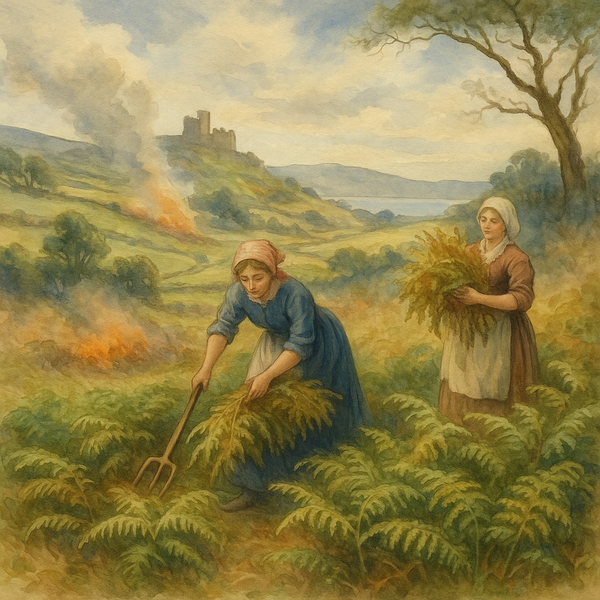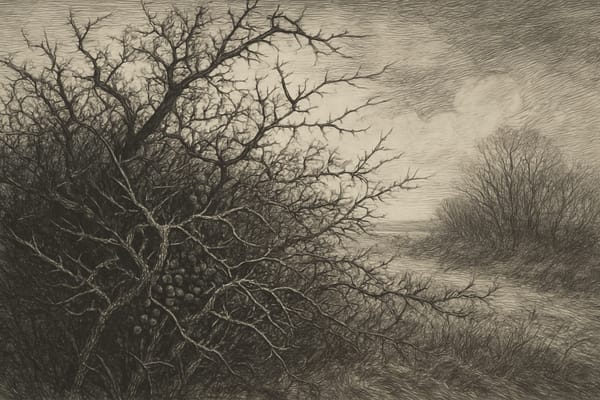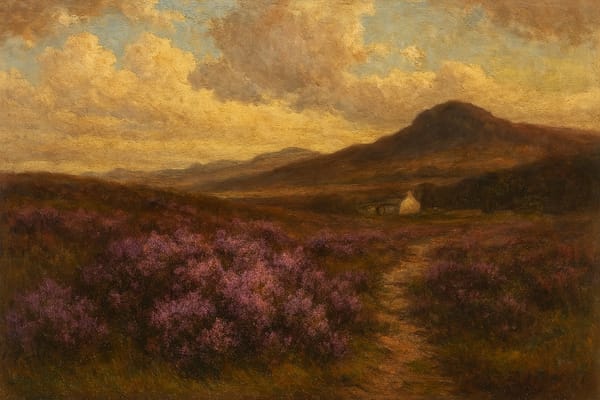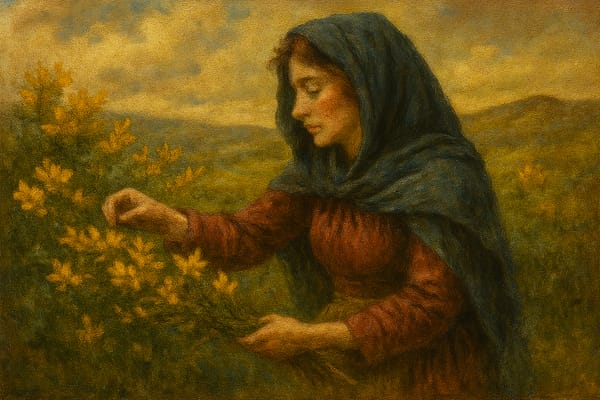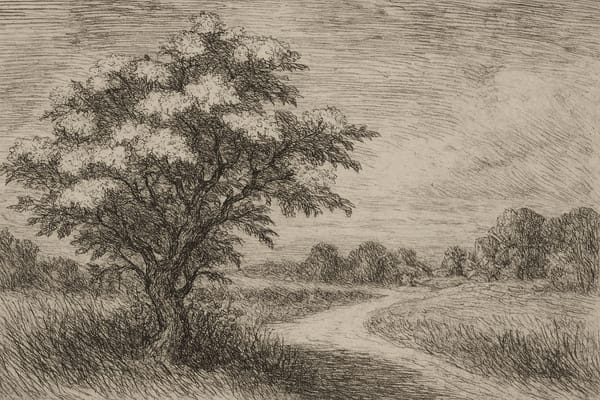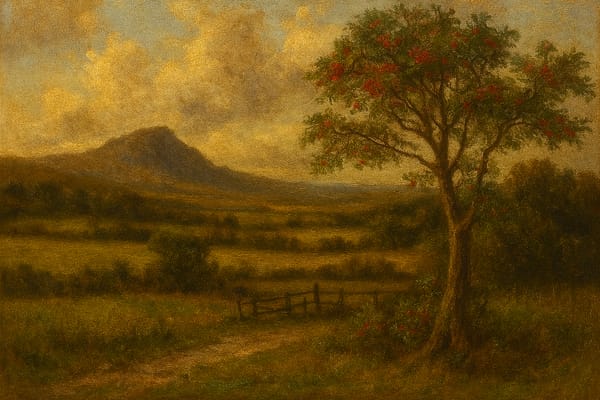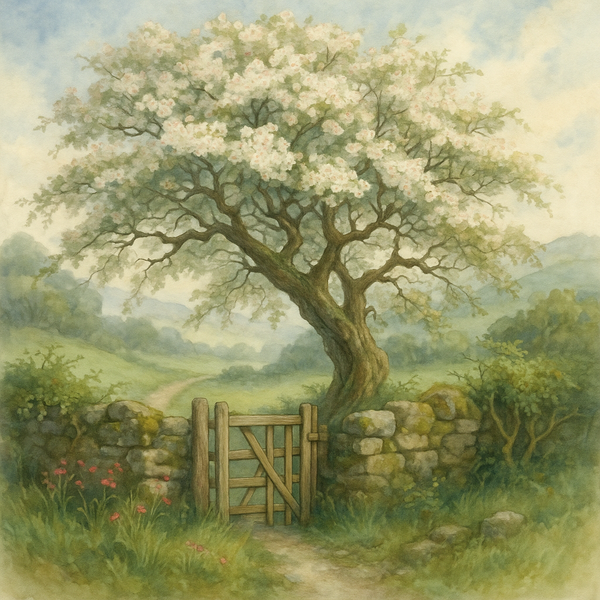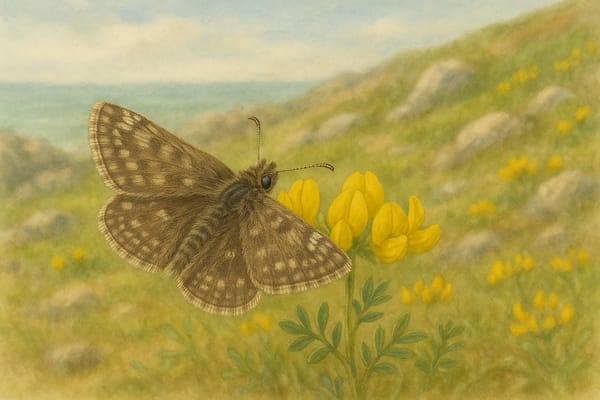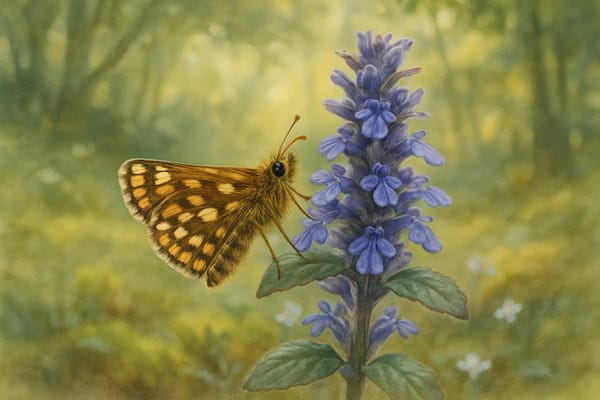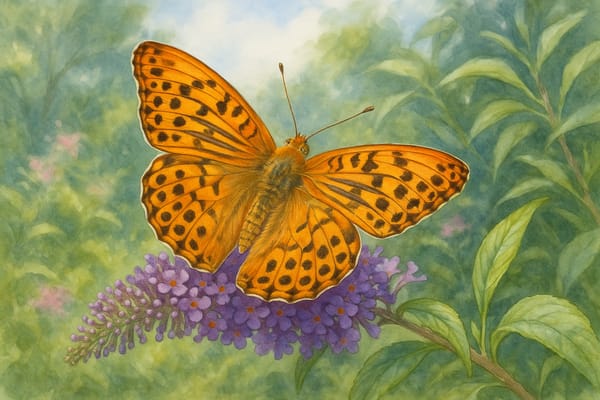


The Minack Theatre
On August 18th the Minack Theatre greeted us with the shifting moods of Cornwall, bright and sunlit, yet softened by veils of drifting cloud, with the sea restless below. There was no performance on the stage, but even without actors the theatre seemed alive, charged with the sound of wavesLatest Articles

Tregrehan Garden
On August 20th, Tregrehan felt suspended between summer’s fullness and autumn’s first whispers. It was a warm day, the brightness gentled by pale patches of cloud, the kind of Cornish light that flatters green leaves and sets deep shadows beneath the great trees. The garden unfolded with a
The Minack Theatre
On August 18th the Minack Theatre greeted us with the shifting moods of Cornwall, bright and sunlit, yet softened by veils of drifting cloud, with the sea restless below. There was no performance on the stage, but even without actors the theatre seemed alive, charged with the sound of waves
The Changing Face of Cornwall’s Coastal Margins: Estuaries, Rainforests, and the Climate Frontier
Cornwall’s coastal margins — where ancient Atlantic rainforest valleys meet tidal estuaries — are living frontiers. As climate change reshapes them, their shared resilience could be our best defence, if we protect the room they need to adapt.


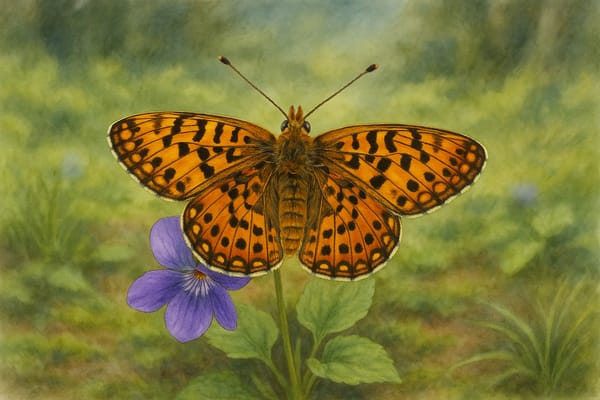
Pearl-bordered Fritillary butterfly (Boloria euphrosyne)
A rare spring treasure in Cornwall, the Pearl-bordered Fritillary depends on the Common Dog Violet, with Heath Dog Violet in some sites. Its survival hinges on perfectly timed seasons, diverse habitats, and careful management to keep butterfly and violet in step.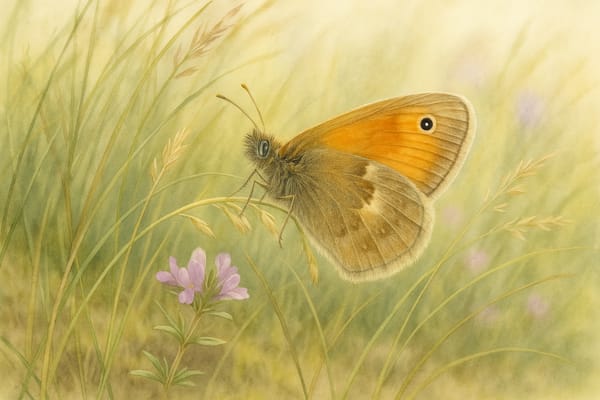
The Small Heath butterfly (Coenonympha pamphilus)
In Cornwall’s coastal meadows, the Small Heath butterfly and Sheep’s Fescue grass form a quiet summer alliance. Fine-leaved tufts feed and shelter larvae, while short, sunlit turf sustains adults through their broods — a partnership reliant on traditional grazing and open sward.Dahlias



The Ethical Dahlia Grower: Sustainable Cultivation in a Changing Climate
Grow dahlias with care for water, soil, and wildlife. Our guide to sustainable dahlia growing in a changing climate shows how low-water, no-dig, peat-free, and pollinator-friendly practices create beauty that benefits the planet too.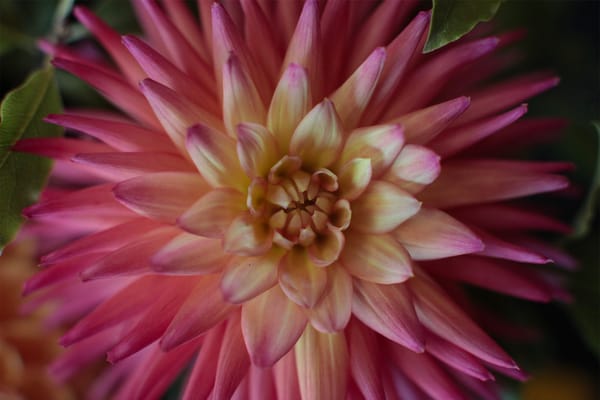
Beyond the Bloom: Using Dahlia Petals for Natural Dye and Crafts
Discover how dahlias can live on beyond the garden with natural dyes, pressed flower art, and botanical crafts. From vibrant textile colors to handmade keepsakes, explore creative ways to celebrate dahlias—and Cornwall’s craft heritage—after the bloom fades.Climate Change

The Changing Face of Cornwall’s Coastal Margins: Estuaries, Rainforests, and the Climate Frontier
Cornwall’s coastal margins — where ancient Atlantic rainforest valleys meet tidal estuaries — are living frontiers. As climate change reshapes them, their shared resilience could be our best defence, if we protect the room they need to adapt.


Latest Articles

Tregrehan Garden
On August 20th, Tregrehan felt suspended between summer’s fullness and autumn’s first whispers. It was a warm day, the brightness gentled by pale patches of cloud, the kind of Cornish light that flatters green leaves and sets deep shadows beneath the great trees. The garden unfolded with a
The Minack Theatre
On August 18th the Minack Theatre greeted us with the shifting moods of Cornwall, bright and sunlit, yet softened by veils of drifting cloud, with the sea restless below. There was no performance on the stage, but even without actors the theatre seemed alive, charged with the sound of waves
The Changing Face of Cornwall’s Coastal Margins: Estuaries, Rainforests, and the Climate Frontier
Cornwall’s coastal margins — where ancient Atlantic rainforest valleys meet tidal estuaries — are living frontiers. As climate change reshapes them, their shared resilience could be our best defence, if we protect the room they need to adapt.



Pearl-bordered Fritillary butterfly (Boloria euphrosyne)
A rare spring treasure in Cornwall, the Pearl-bordered Fritillary depends on the Common Dog Violet, with Heath Dog Violet in some sites. Its survival hinges on perfectly timed seasons, diverse habitats, and careful management to keep butterfly and violet in step.

